An international team of scientists claim to have discovered a new species of ancient human in a remote South African cave.
Fossils of our ancient relative – named Homo naledi – reveal it to have had surprisingly human-like features.
With a brain the size of an orange, a slender body, ape-like shoulders and feet almost identical to humans, the find could provide a unique insight into our human past.
Standing at approximately five-feet tall and weighing almost 100 pounds, scientists claim Homo naledi’s physique and skull show marked similarities to our own.
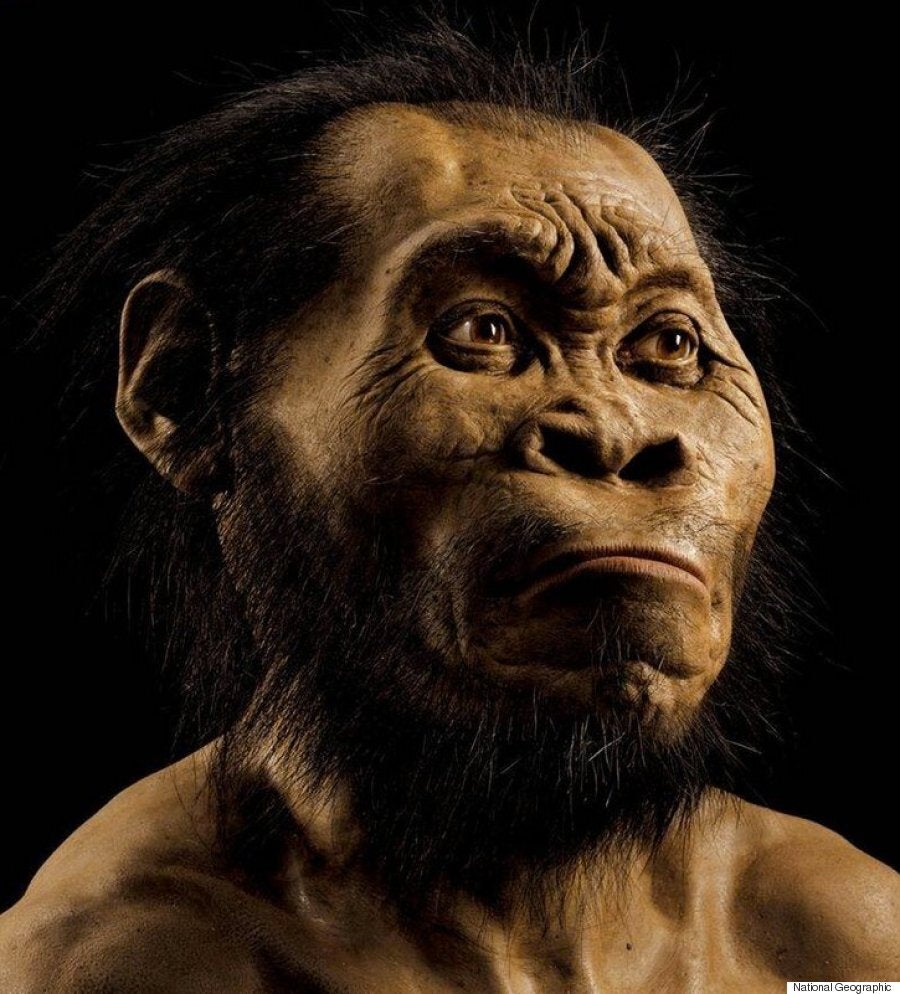
Homo naledi had surprisingly human-like features
The discovery was made in a cave 50 kilometers northwest of Johannesburg. The fossils lay in a chamber about 90m from the cave entrance, accessible only through a chute just 18cm wide.
The task of excavating them required a special team of slender female cavers able to fit through the tight exterior opening.
The 1,550 fossil elements removed from the cave are believed to be parts of at least 15 infants, children, adults and elderly of the same species - and are just a small fraction of the remains discovered.
Announced by the University of the Witwatersrand, the National Geographic Society and the South African Department of Science and Technology, the discovery sheds light on the origins and diversity of human ancestry.
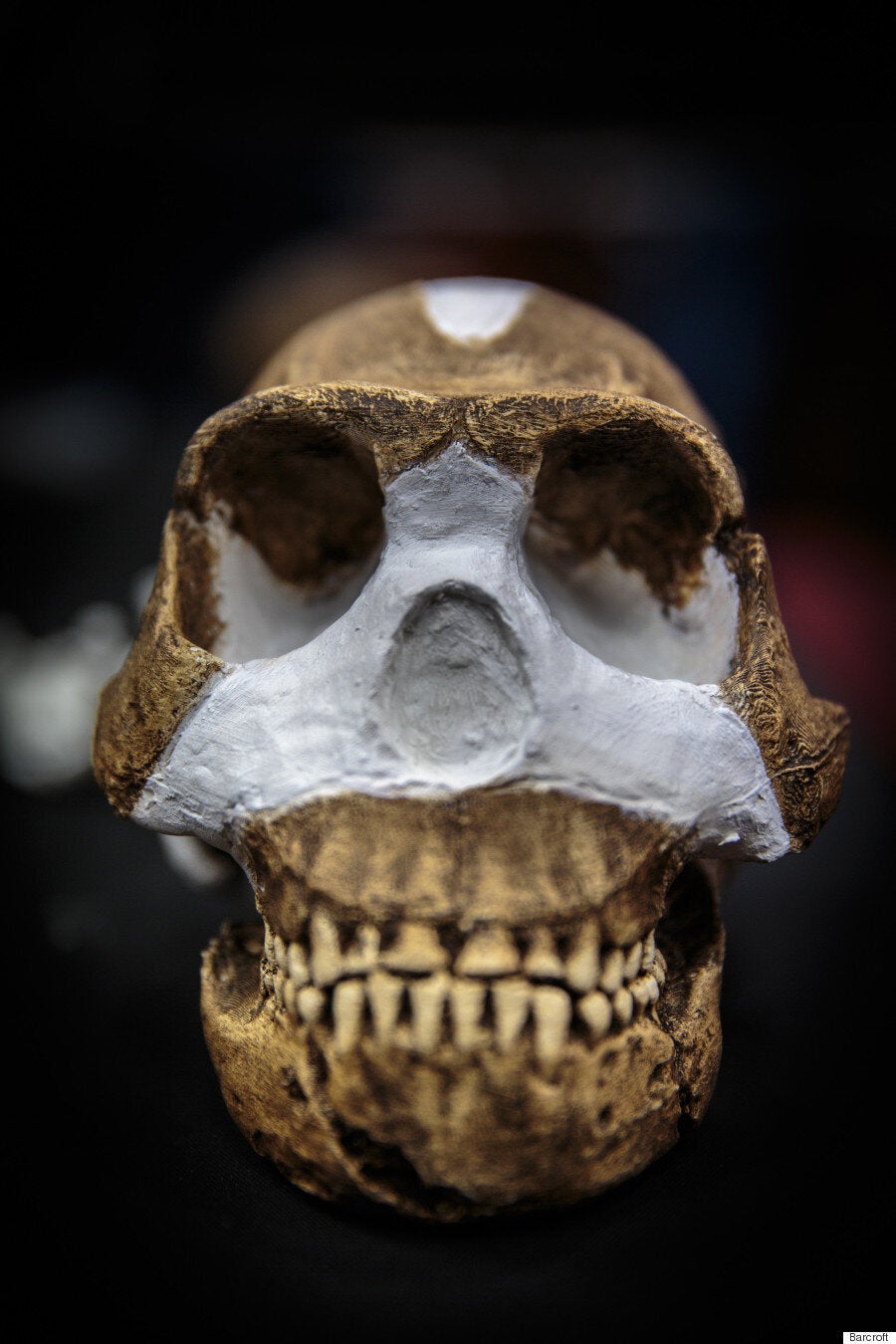
Scientists say the species' skull shows a marked similarity to our own
Lee Berger, research professor in the Evolutionary Studies Institute at the University of the Witwatersrand, led the two expeditions that discovered and recovered the fossils.
Professor Berger said: “With almost every bone in the body represented multiple times, Homo naledi is already practically the best-known fossil member of our lineage.”
But some experts are sceptical of the claims. University of Zurich anthropologist Christopher Zollikofer told the Guardian many of the bone characteristics used to claim the creature as a new species are seen in more primitive animals and thus by definition cannot be used to define a new species.
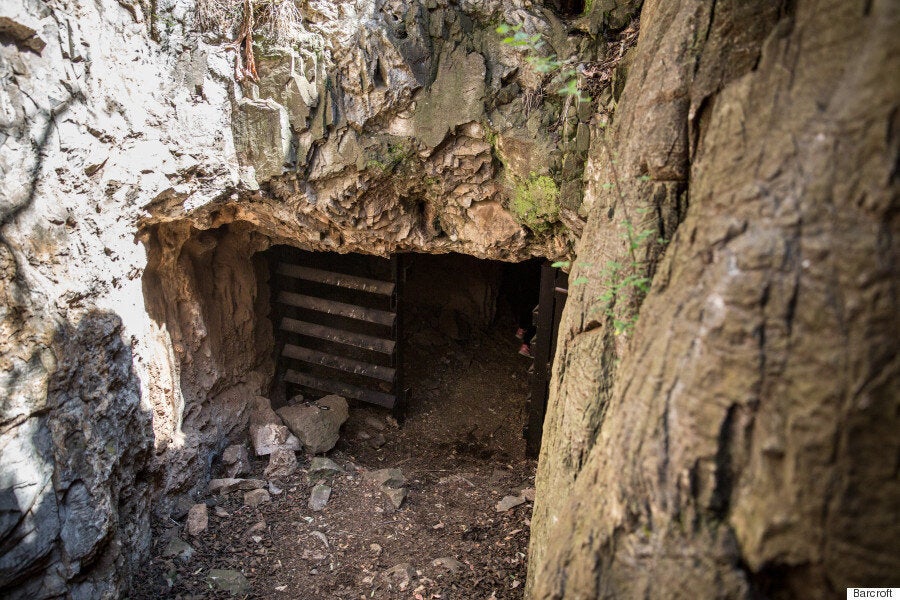
The sealed entrance to the Rising Star cave, located in Johannesburg, South Africa
Tim White, a paleoanthropologist at the University of California added: "From what is presented here, they belong to a primitive Homo erectus, a species named in the 1800s."
The initial discovery of Homo naledi was made in 2013 in a cave known as ‘Rising Star’ located in the Cradle of Humankind World Heritage Site.
The fossil material was recovered during two expeditions in November 2013 and March 2014, named the ‘Rising Star Expeditions’.
In the first expedition, over a period of 21 days, more than 60 cavers and scientists worked together to remove the fossils from the chamber.
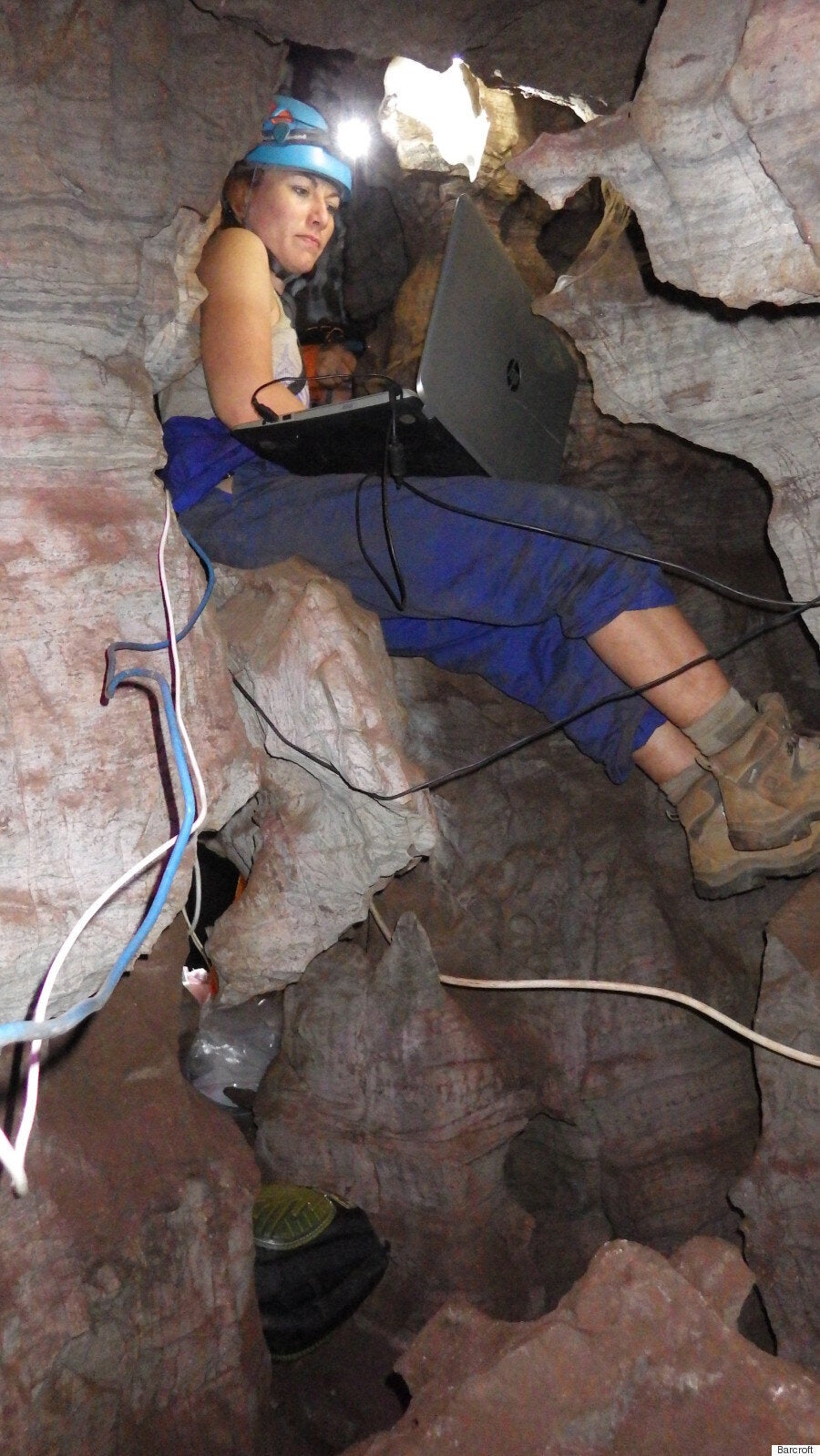
Lindsay Eaves was one of six slender cavers chosen so they could fit through the tiny cave opening
Marina Elliott, one of the six women selected after a global search for excavating scientists, described the process as “some of the most difficult and dangerous conditions ever encountered in the search for human origins”.
The fossils were analysed in May 2014 with over 50 scientists and researchers studying the treasure trove of fossils.
John Hawks of the University of Wisconsin-Madison, said: “Overall, Homo naledi looks like one of the most primitive members of our genus, but it also has some surprisingly human-like features, enough to warrant placing it in the genus Homo.

“Homo naledi had a tiny brain, about the size of an average orange, perched atop a very slender body.”
Homo naledi’s teeth are described as similar to those of the earliest-known human relatives, as are most features of the skull but the shoulders are more similar to those of apes.
Dr Tracy Kivell of the University of Kent, in the UK, said: “The hands suggest tool-using capabilities.
“Surprisingly, Homo naledi has extremely curved fingers, more curved than almost any other species of early hominin, which clearly demonstrates climbing capabilities.”

The braincase of a composite male skull of Homo naledi measures just 560 cubic centimeters in volume — less than half that of the modern human skull pictured behind it
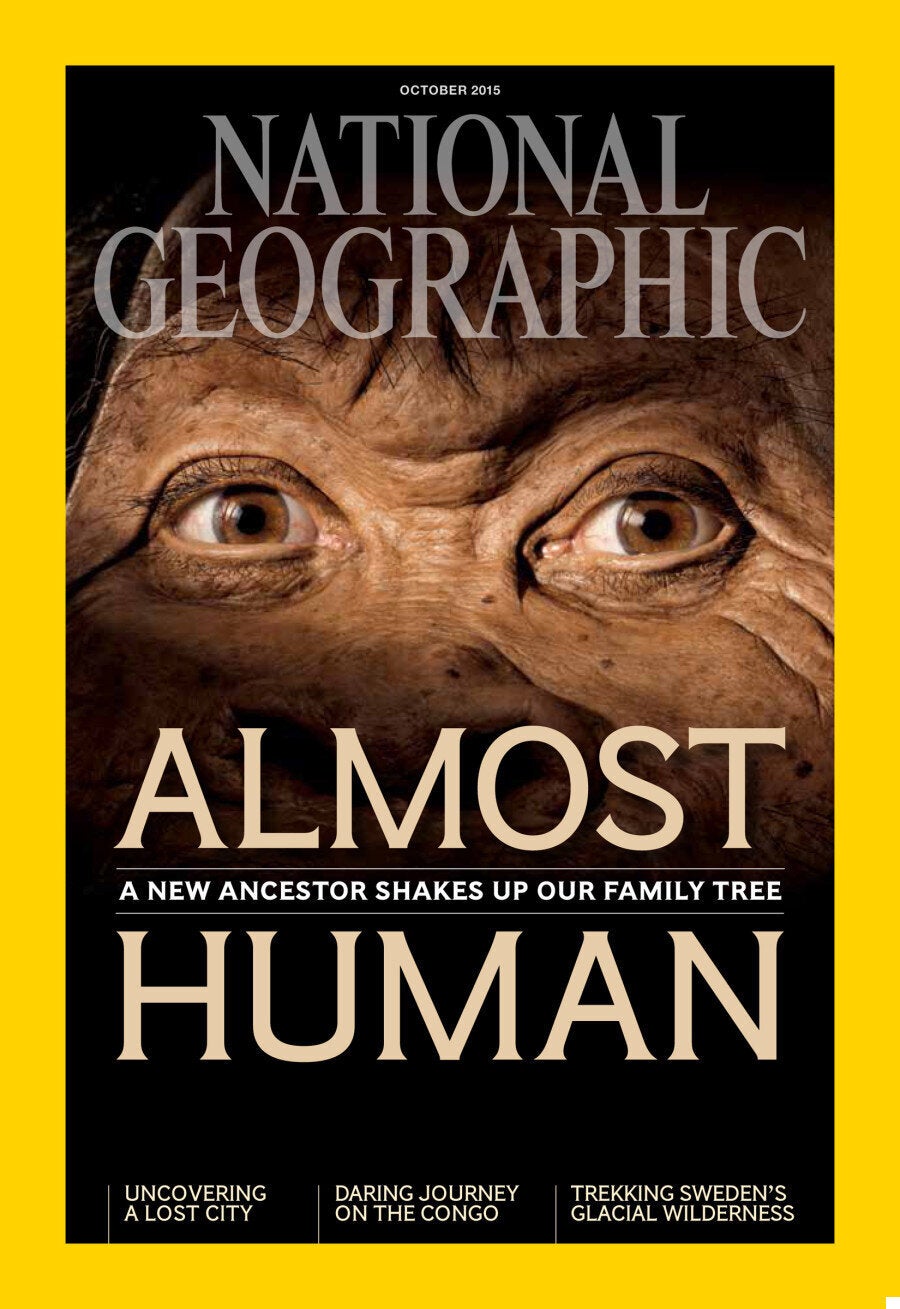
Dr William Harcourt-Smith of Lehman College, City University of New York, and the American Museum of Natural History, who led the study of Homo naledi’s feet described them as “virtually indistinguishable from those of modern humans.”
“The feet, combined with its long legs, suggest that the species was well-suited for long-distance walking,“ he said.
Professor Berger added: "The combination of anatomical features in Homo naledi distinguishes it from any previously known species.”
The researchers believe the most remarkable aspect of the find is that the primitive-looking discovery may have practiced a form of behaviour thought to be unique to humans - depositing bodies of its dead in a remote cave chamber.

Professor Lee Berger holds up a cast of the skull of the new species
Dr Paul Dirks of James Cook University in Queensland, Australia, said: “That room has always been isolated from other chambers and never been open directly to the surface.
“What’s important for people to understand is that the remains were found practically alone in this remote chamber in the absence of any other major fossil animals.”
Despite the dramatic revelation researchers claim a lot remains to be discovered from the cave.
Professor Berger said: “This chamber has not given up all of its secrets.
“There are potentially hundreds if not thousands of remains of Homo naledi still down there.”
Casts of the Homo naledi fossils will go on show at London's Natural History Museum Science Uncovered event on 25 September